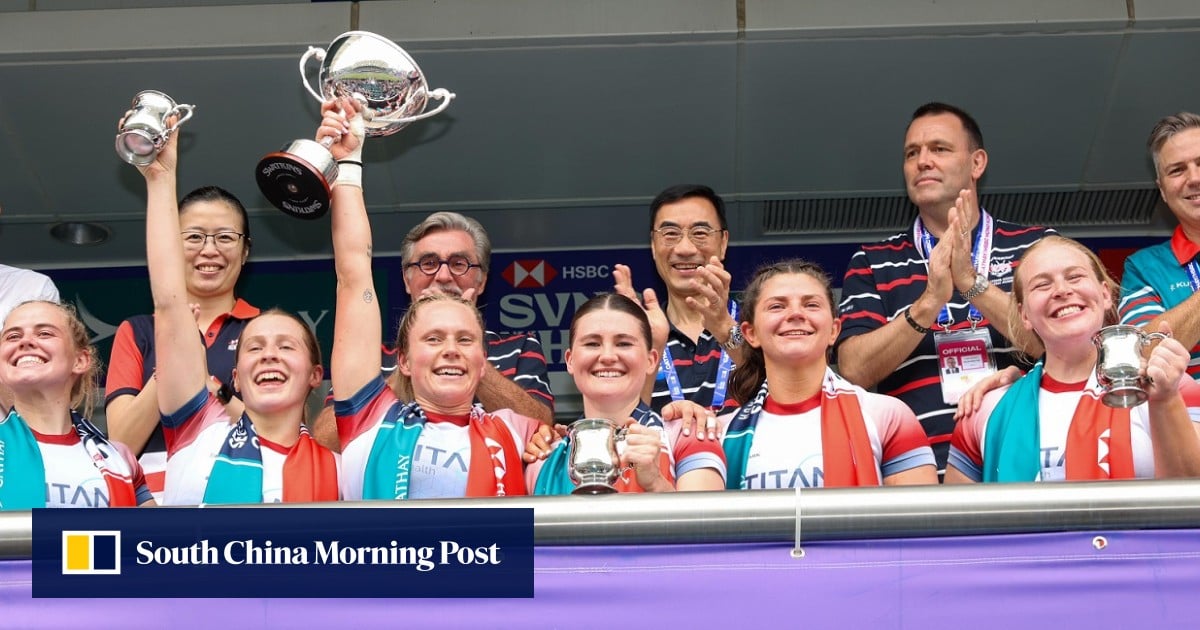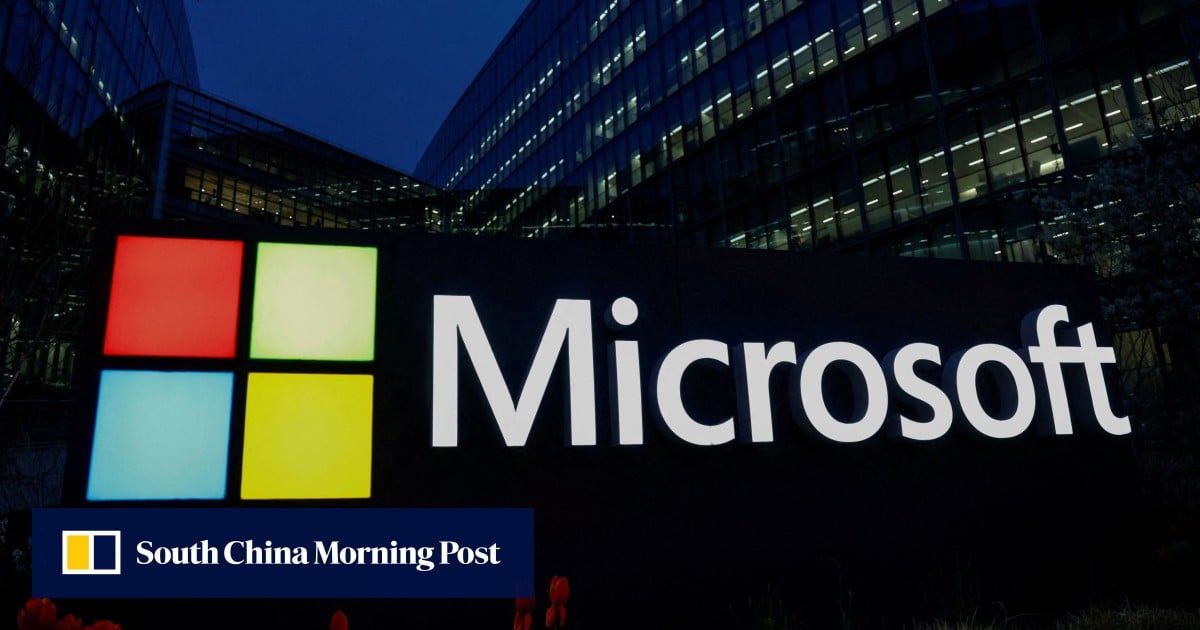Zacks Small Cap Research – SNGX: Discussions Continue with FDA Regarding Second Phase 3 Study for HyBryte™ in CTCL… – Technologist
By David Bautz, PhD
READ THE FULL SNGX RESEARCH REPORT
Business Update
Discussions Continue with FDA Regarding Second Phase 3 Study of HyBryte™ in CTCL
In May 2023, Soligenix, Inc. (NASDAQ:SNGX) conducted a Type A meeting with the U.S. Food and Drug Administration (FDA) to initiate formal discussions regarding the protocol design of a second, Phase 3 pivotal study of HyBryte in the treatment of cutaneous T cell lymphoma (CTCL). The protocol discussions with the FDA remain ongoing (with similar discussions ongoing with the EMA) and we anticipate an update once final agreement with the FDA is reached, which may occur in the first half of 2024.
The company had previously completed a Phase 3 clinical trial of HyBryte in patients with CTCL. The FLASH (Fluorescent Light Activated Synthetic Hypericin) trial was a randomized, double blind, placebo controlled study that enrolled 169 patients (166 evaluable) with either Stage IA, IB, or IIA mycosis fungoides (the most common type of CTCL) (NCT02448381). The results of the trial were published in the Journal of the American Medical Association (JAMA) Dermatology (Kim et al., 2022).
The trial consisted of three treatment cycles, with each cycle lasting eight weeks. Each study subject had three target lesions treated during the trial. In Cycle 1, patients were randomized 2:1 (n=116 for SGX301; n=50 for placebo) to receive twice weekly treatment of either 0.25% SGX301 or placebo (an ointment with the same light exposure as for SGX301) for six weeks, with treatment response determined at the end of the eighth week. In Cycle 2, all subjects received 0.25% SGX301 on their target lesions, and for those that decided to continue in the trial there was a third treatment cycle where 0.25% SGX301 was applied to all of the patient’s lesions.
The results for Cycle 1 showed a statistically significant treatment response in the Composite Assessment of Index Lesion Score (CAILS) primary endpoint assessed at 8 weeks with 16% of patients receiving SGX301 responding compared to only 4% receiving placebo responding (P=0.04).
In Cycle 2, a total of 155 patients received 0.25% SGX301 on their target lesions (110 receiving 12 weeks of SGX301 and 45 receiving six weeks of placebo treatment followed by six weeks of SGX301 treatment). The results of Cycle 2 showed that continued treatment out to 12 weeks resulted in increased efficacy as shown by a 40% responder rate (P<0.0001 compared to both placebo and six-week treatment data). Response rates further improved in Cycle 3 with 49% of patients electing to receive SGX301 for 18 weeks demonstrating a 50% or greater reduction in the combined CAILS. (P<0.0001 compared to the end of Cycle 1).
Importantly, after 12 weeks of treatment with HyBryte, there is a similar response on both patch (37% response; P=0.0009) and plaque (42% response; P<0.001) lesions when compared to Cycle 1 placebo lesion responses.
HyBryte is a safe and well tolerated CTCL treatment that shows positive effects in a relatively short period of time and has increasing efficacy with continued use. Since CTCL is a long-lasting condition, safety and tolerability are at the forefront of prescribing physicians concerns when treating patients, and many other CTCL therapies have a number of potential serious side effects, particularly with extended use. We believe the data that Soligenix has compiled for SGX301 in treating CTCL positions it as a promising front-line therapy for a large percentage of patients.
The company is planning to commercialize HyBryte in the U.S. in lieu of seeking a commercialization partnership. Since the CTCL market is a specialized market, Soligenix can cost effectively market the drug with a launch cost of less than $10 million. This way, the company is able to keep 100% of the drug’s value. For overseas markets, we anticipate a commercial partnership and the company is currently in discussions with potential partners. Approval will be sought first in the U.S. followed by other key markets worldwide.
Additional Data Announced from Second Cohort of Patients in Phase 2a Psoriasis Trial
In January 2024, Soligenix announced topline data from Cohort 2 of the ongoing Phase 2a clinical trial of SGX302 (synthetic hypericin) for the treatment of mild to moderate psoriasis. In Cohort 2, five additional patients were treated with a more rapid escalation and higher final dose level of light than in Cohort 1. These conditions are expected to more closely match how the drug will be utilized in the “real world” clinical setting.
Cohort 2 patients were treated for 18 weeks and there were no drug related adverse events reported. Four of the patients were evaluable (one patient withdrew early in the study for personal reasons unrelated to the study), with two of them achieving an Investigator Global Assessment (IGA) score of 1 (“Almost Clear”), a standard clinical measure for treatment success in psoriasis. In addition, the patients in Cohort 2 had a mean drop of approximately 50% in the Psoriasis Activity and Severity Index (PASI) score, which is an additional means to quantify clinical activity.
We spoke with management, who indicated that the company will continue to test different levels of light intensity/duration to optimize the conditions for psoriasis patients. Once the optimized conditions are established, the ultimate goal is to transition to “at home” use prior to initiating a Phase 3 trial. The ability for patients to treat themselves at home would be a clear differentiator from other psoriasis treatments on the market.
Dusquetide Granted Fast Track Designation for the Treatment of Oral Lesion of Behçet’s Disease
In January 2024, Soligenix announced that the U.S. FDA has granted Fast Track designation to SGX945 (dusquetide) for the treatment of oral lesions of Behçet’s Disease (BD). Fast Track designation is intended to facilitate and expedite the review of new drugs and biologics that are intended to treat a serious or life-threatening condition that has an unmet medical need. In addition, Fast Track designation allows a new drug application (NDA) to be submitted on a rolling basis and NDA’s for Fast Track designation programs are typically eligible for priority review.
BD is a chronic recurrent multisystemic disease that causes oral aphthous ulcers, genital ulcers, skin lesions, and other pathologies (Mendes et al., 2009). Interestingly, the epidemiology of BD is distributed along the ancient Silk Road from Mediterranean countries (Turkey has 370 cases per 100,000 population), to Middle Eastern and East Asian countries. In contrast, there are very few cases found in Northern Europe (0.64 cases per 100,000 population), North America (0.12-0.33 cases per 100,000 population), Australia, and Africa (Deuter et al., 2007). Thus, BD is an orphan disease in the U.S., however there may be as many as 500,000 people worldwide with the disease.
There are no standardized regimens for treating BD. Systemic corticosteroids, interferon-alpha (INF-α) therapy, and anti-tumor necrosis factor alpha (TNF-α) therapy are all used as first-line agents and have shown good efficacy. Apremilast (Otezla®), a phosphodiesterase 4 inhibitor, was effective in a Phase 3 clinical trial in BD patients with oral ulcers (Hatemi et al., 2019). It was subsequently approved by the FDA for the treatment of oral ulcers in BD patients.
Dusquetide was previously tested as a treatment for oral mucositis in which it showed biological activity against aphthous ulcers induced by chemotherapy and radiation, thus serving as a proof-of-concept for the treatment of oral ulcers in BD.
In February 2024, Soligenix announced the formation of a Medical Advisory Board (MAB) to provide medical/clinical guidance for the advancement of SGX945 in BD. Members of the MAB include Gülen Hatemi, MD, who leads the largest BD research center in the world at Istanbul University; Johannes Nowatzky, MD, who directs the NYU BD Center; Andrew Sulich, MD, a rheumatologist and Assistant Clinical Professor at the William Beaumont Oakland University School of Medicine; and Yusuf Yazici, MD, a Clinical Associate Professor at NYU.
We anticipate the company initiating a Phase 2 clinical trial of SGX945 in BD in the second half of 2024.
Financial Update
On March 15, 2024, Soligenix announced financial results for 2023. The company reported revenues of $0.8 million for 2023, compared to $0.9 million for 2022. The revenues primarily relate to government contracts and grants awarded in support of HyBryte, SGX943, and CiVax™. R&D expenses were $3.3 million in 2023, compared to $7.9 million for 2022. The decrease was primarily due to the decrease in manufacturing and regulatory costs associated with the HyBryte NDA. G&A expenses in 2023 were $4.5 million compared to $6.7 million in 2022. The decrease was primarily due to a reduction in legal and consulting expenses.
Soligenix exited 2023 with approximately $8.4 million in cash and cash equivalents. As of March 8, 2024, Soligenix had approximately 10.5 million shares outstanding and, when factoring in stock options, warrants, and the potential convertible debt, a fully diluted share count of approximately 20.1 million.
Conclusion
We look forward to an update from the company regarding the second Phase 3 clinical trial for HyBryte in CTCL once an agreement on trial design is reached with the FDA. In addition, we anticipate the company initiating a Phase 2a clinical trial of SGX945 in BD in the second half of 2024 and an update on the psoriasis program later this year. With no changes to our model our valuation remains at $3.75.
SUBSCRIBE TO ZACKS SMALL CAP RESEARCH to receive our articles and reports emailed directly to you each morning. Please visit our website for additional information on Zacks SCR.
DISCLOSURE: Zacks SCR has received compensation from the issuer directly, from an investment manager, or from an investor relations consulting firm, engaged by the issuer, for providing research coverage for a period of no less than one year. Research articles, as seen here, are part of the service Zacks SCR provides and Zacks SCR receives quarterly payments totaling a maximum fee of up to $40,000 annually for these services provided to or regarding the issuer. Full Disclaimer HERE.



